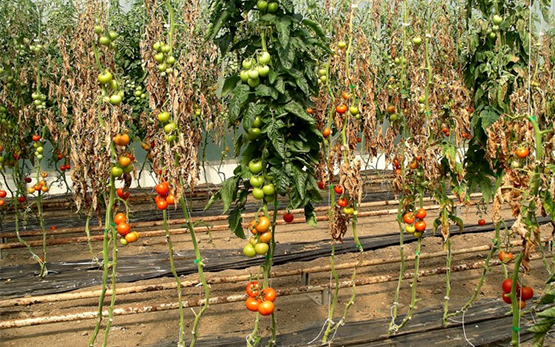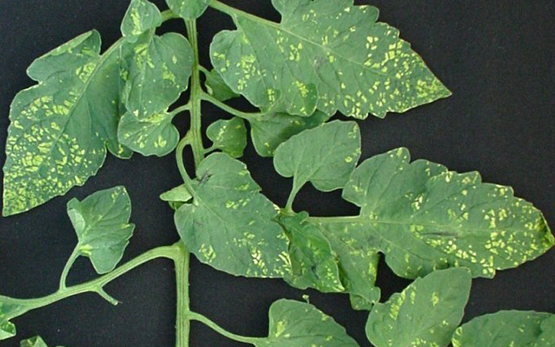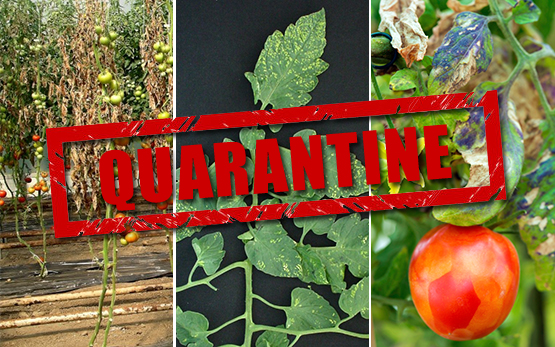
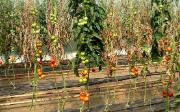
The most important quarantine organisms threatening vegetable crop production are bacterial tomato rot (Clavibacter michiganensis subsp. michiganensis, Cmm) and Pepino mosaic virus (PepMV). Both of these quarantine pathogens have already been detected in tomato crops in Switzerland. Further information on the diseases they cause is available in disease fact sheets.
The tomato moth (Tuta absoluta), was observed for the first time in 2009 in Switzerland. Although this insect pest is not a quarantine organism, its potential to cause severe damage warrants containment efforts.
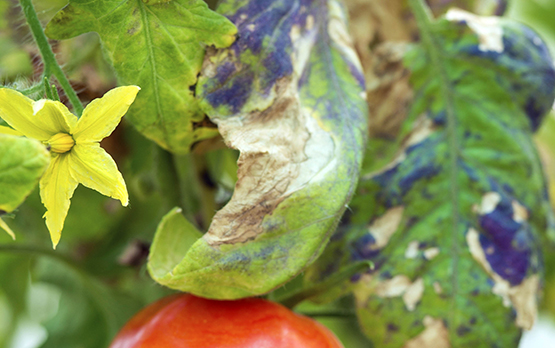
Das Bronzefleckenvirus Tomato spotted wilt virus (TSWV) verursacht Symptome auf Blättern und Früchten. Das Virus kann unter anderem durch den Kalifornischen Blütenthrips Franklinella occidentalis übertragen werden.
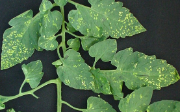
The Swiss federal plant protection regulation contains a list of pathogens and pests („quarantine organisms”). Since they are not present in Europe, or occur only in limited areas, official measures were proscribed in order to prevent their spread. An important element is the phytosanitary passport, which certifies that vegetative plant material produced in nurseries has been officially controlled for quarantine organisms. Another fundamental element is mandatory notification, which requires reporting of any occurrence of these quarantine organisms. The quarantine status enables cantonal authorities to implement official control measures against these organisms, and also to receive federal support and provide compensation to affected vegetable producers.
Contact
Links
Phytosanitary Service
Last modification 29.08.2019


